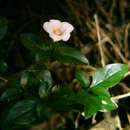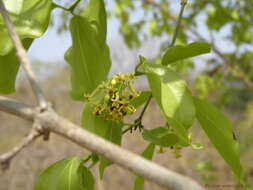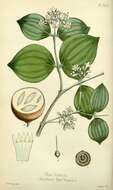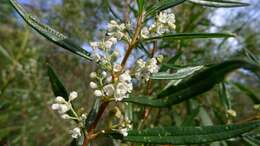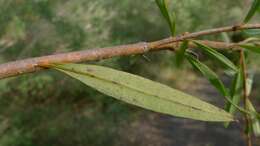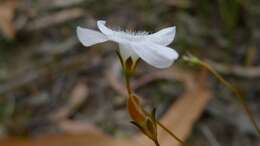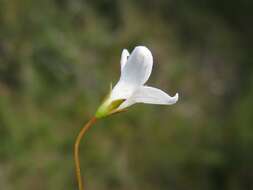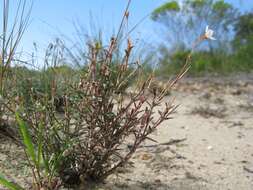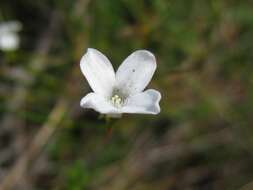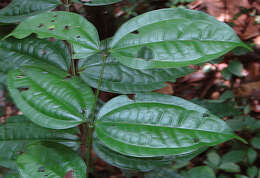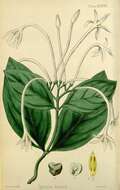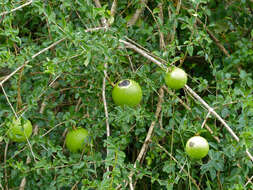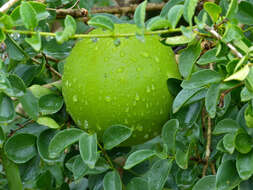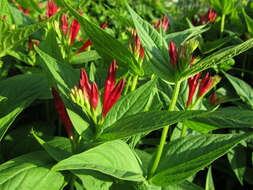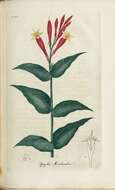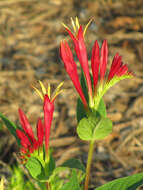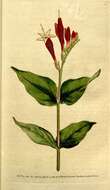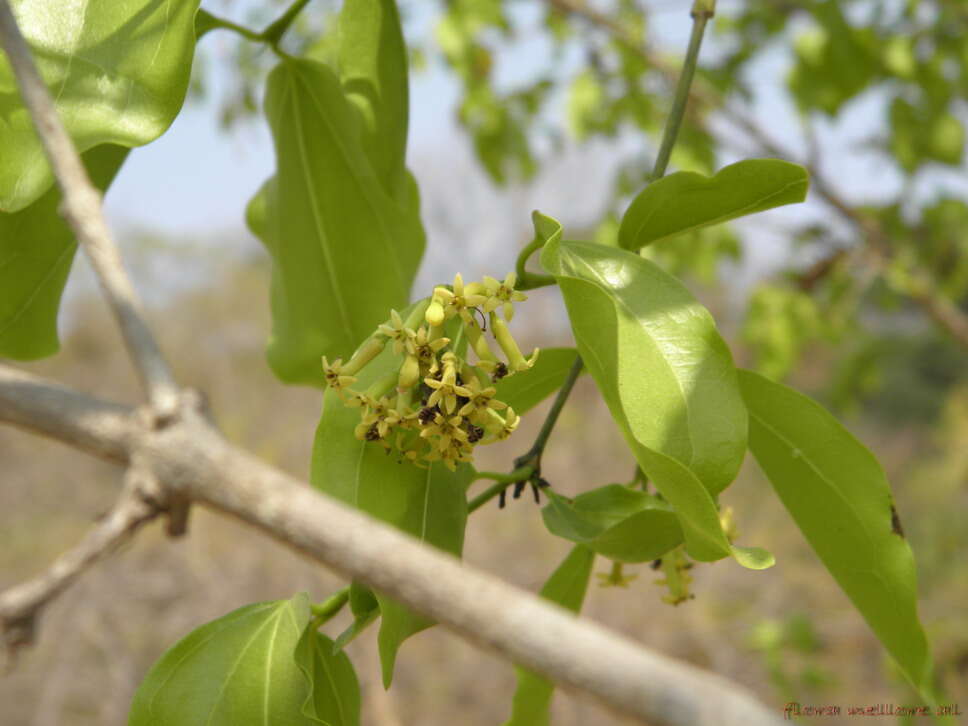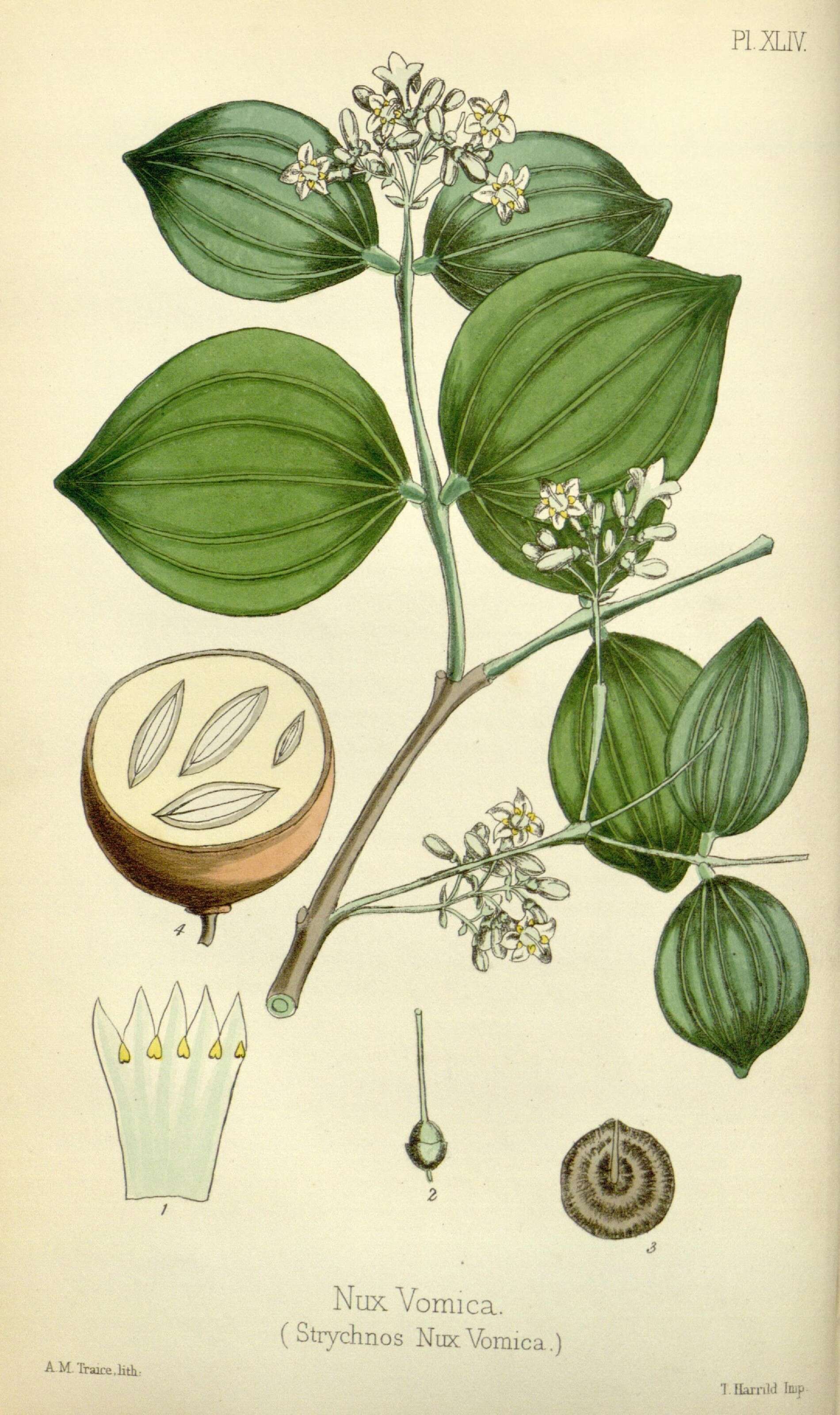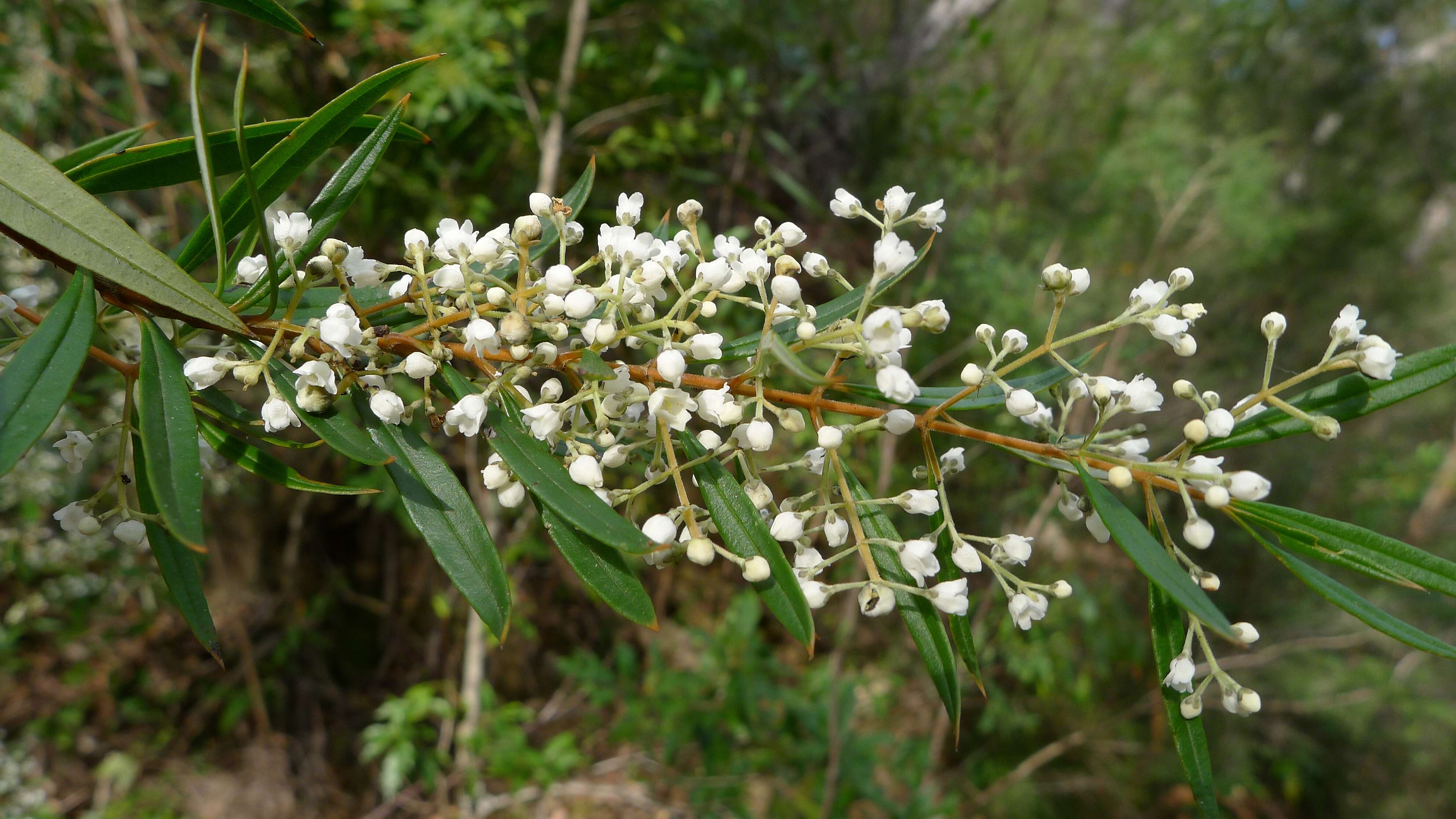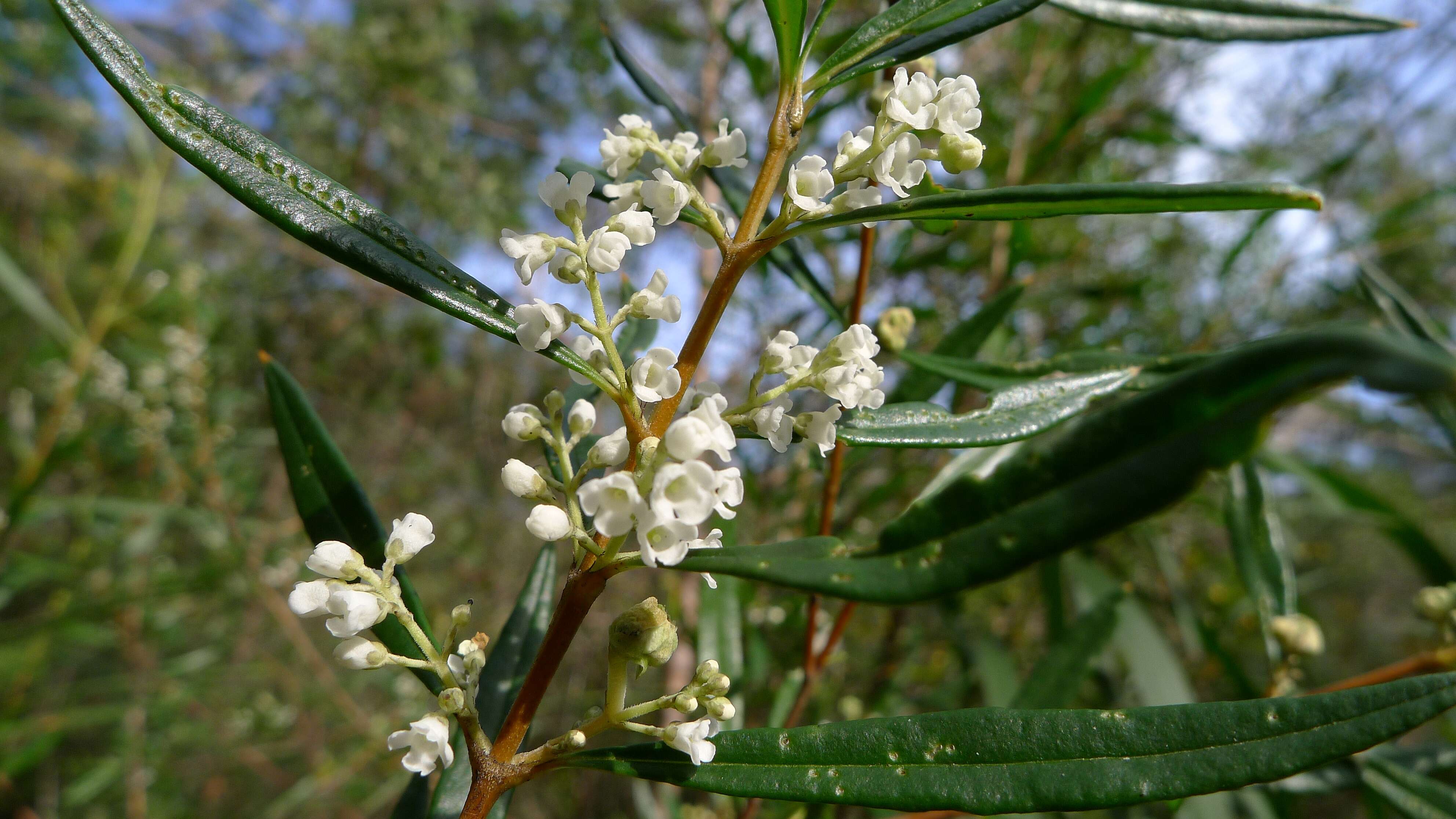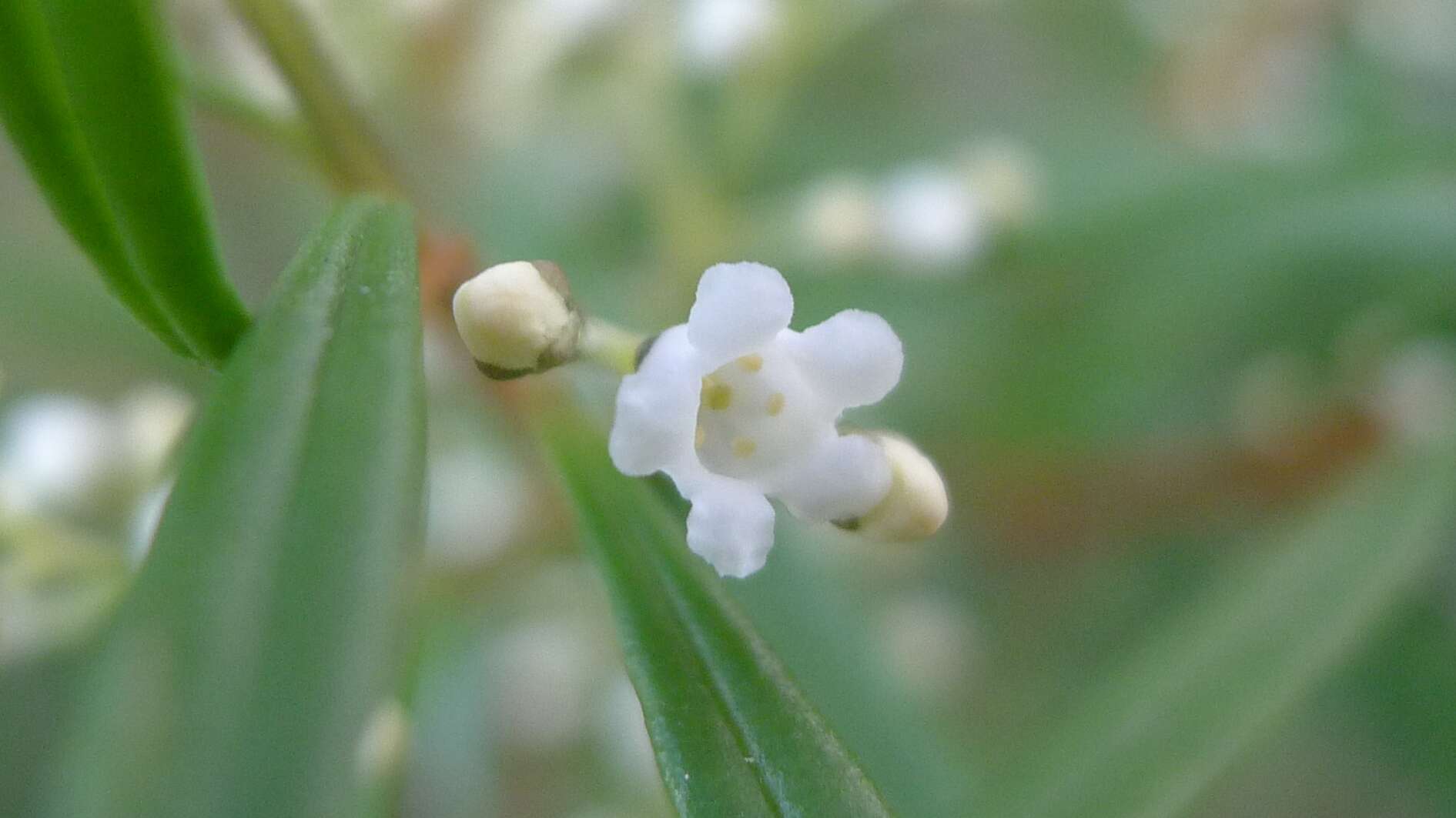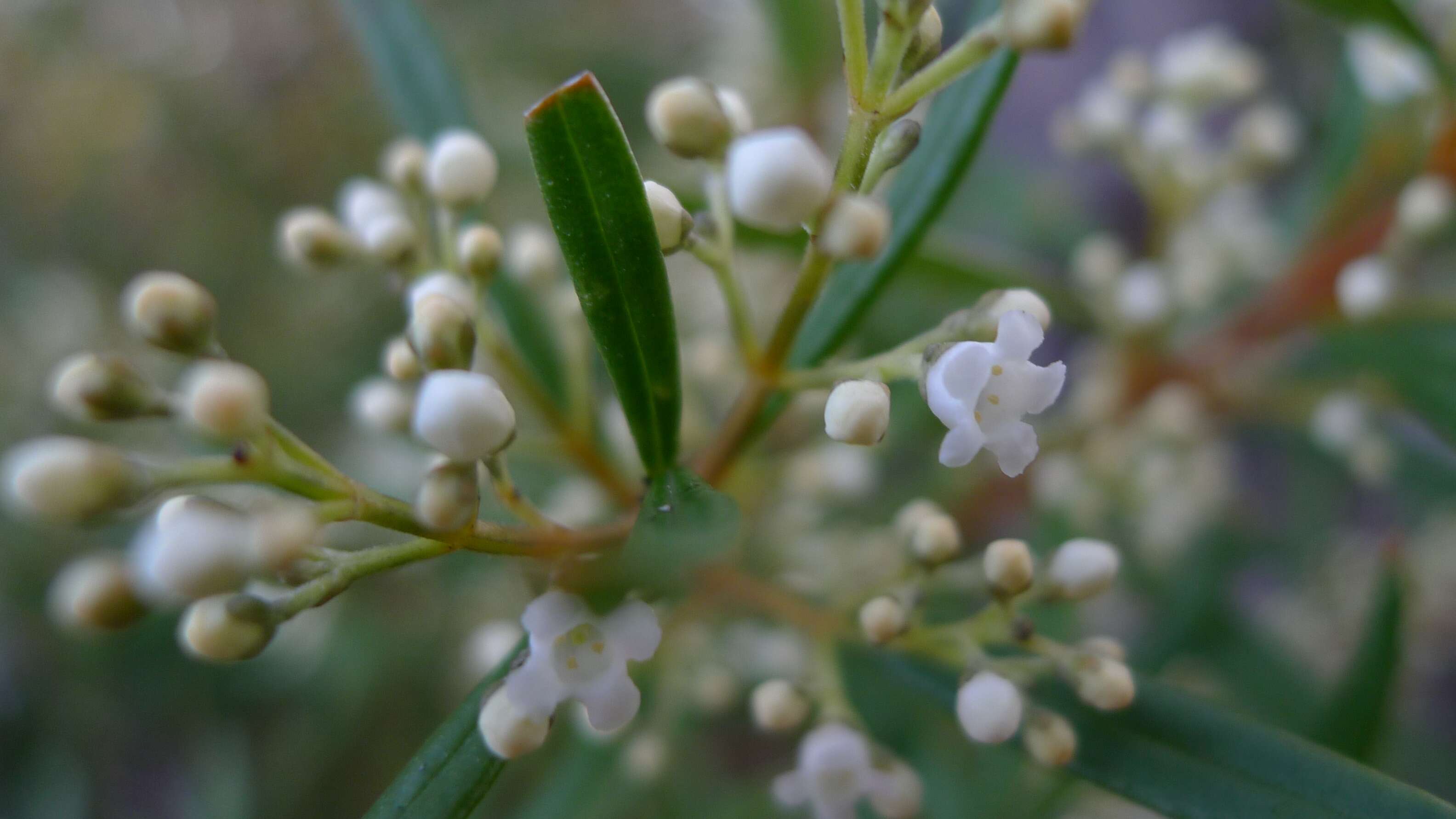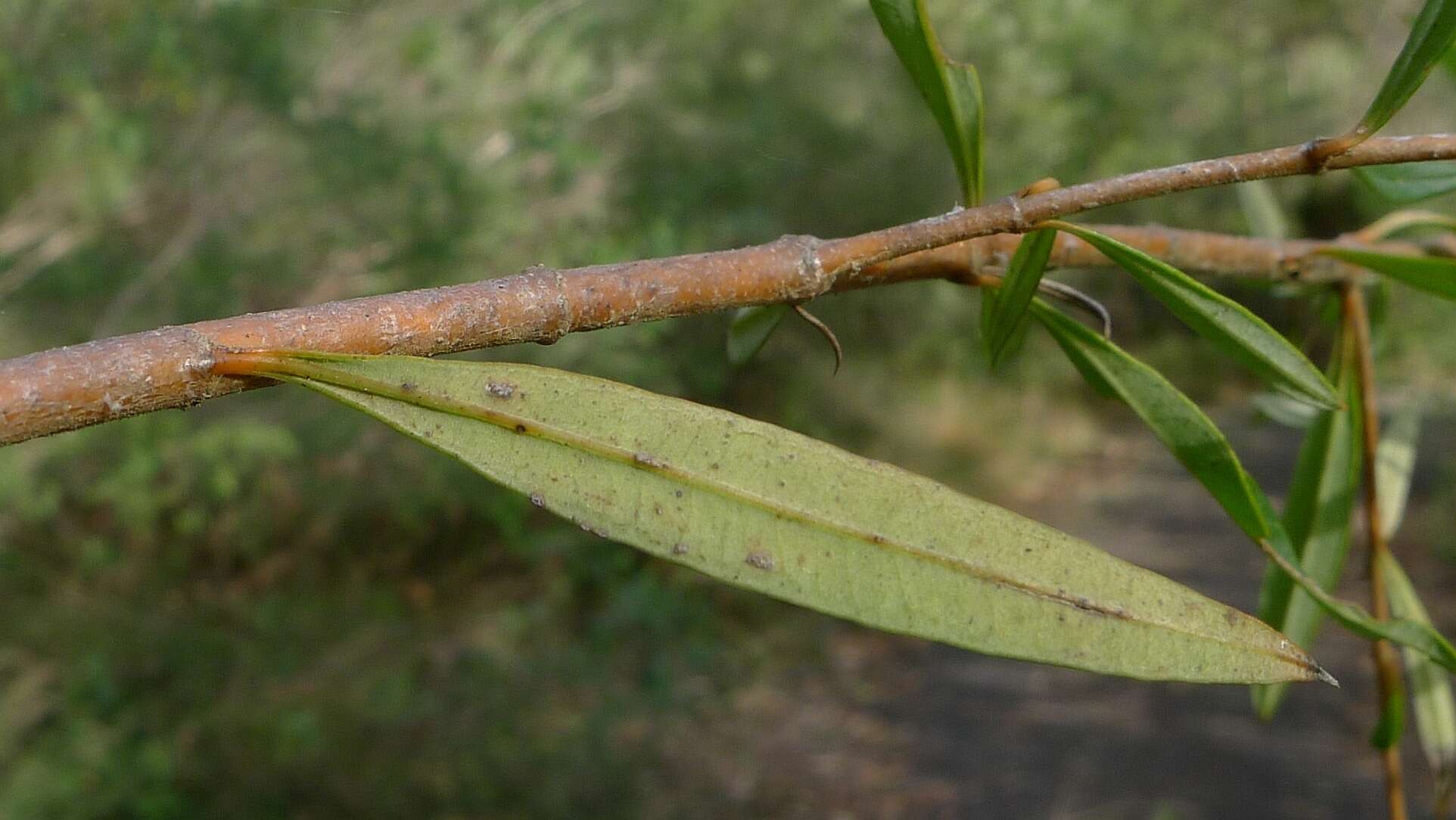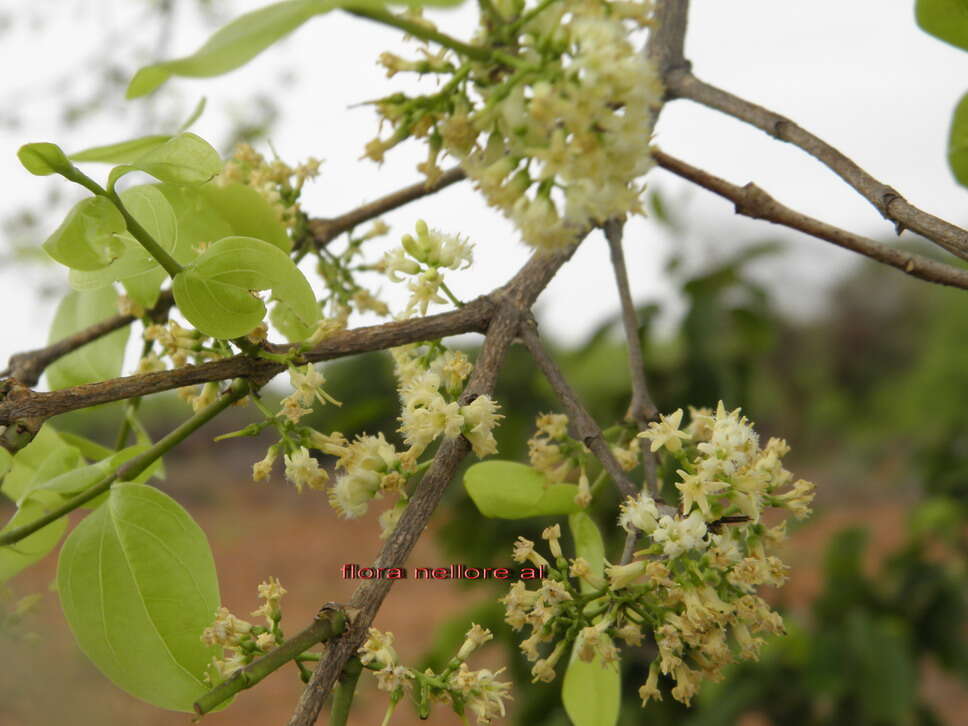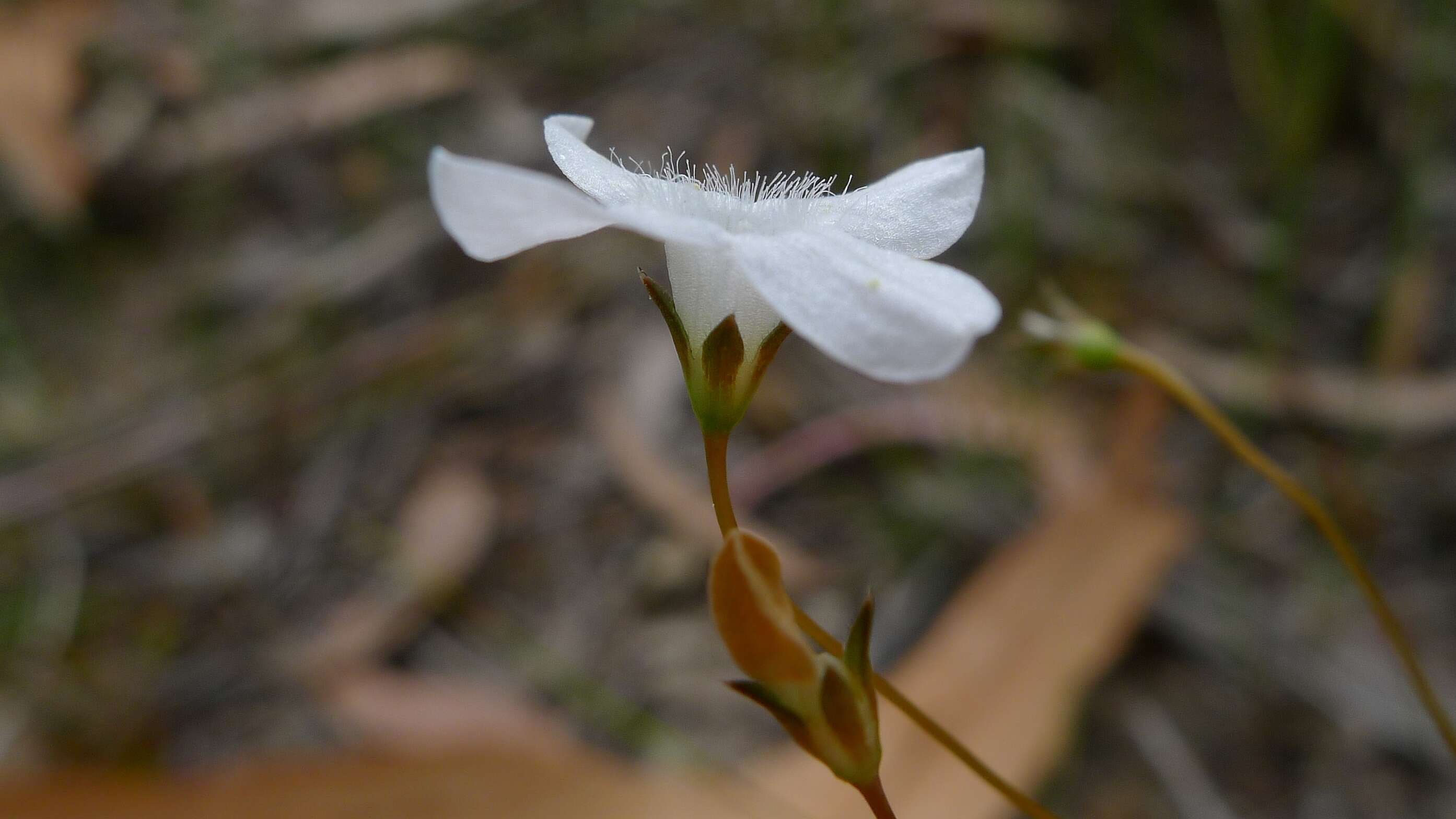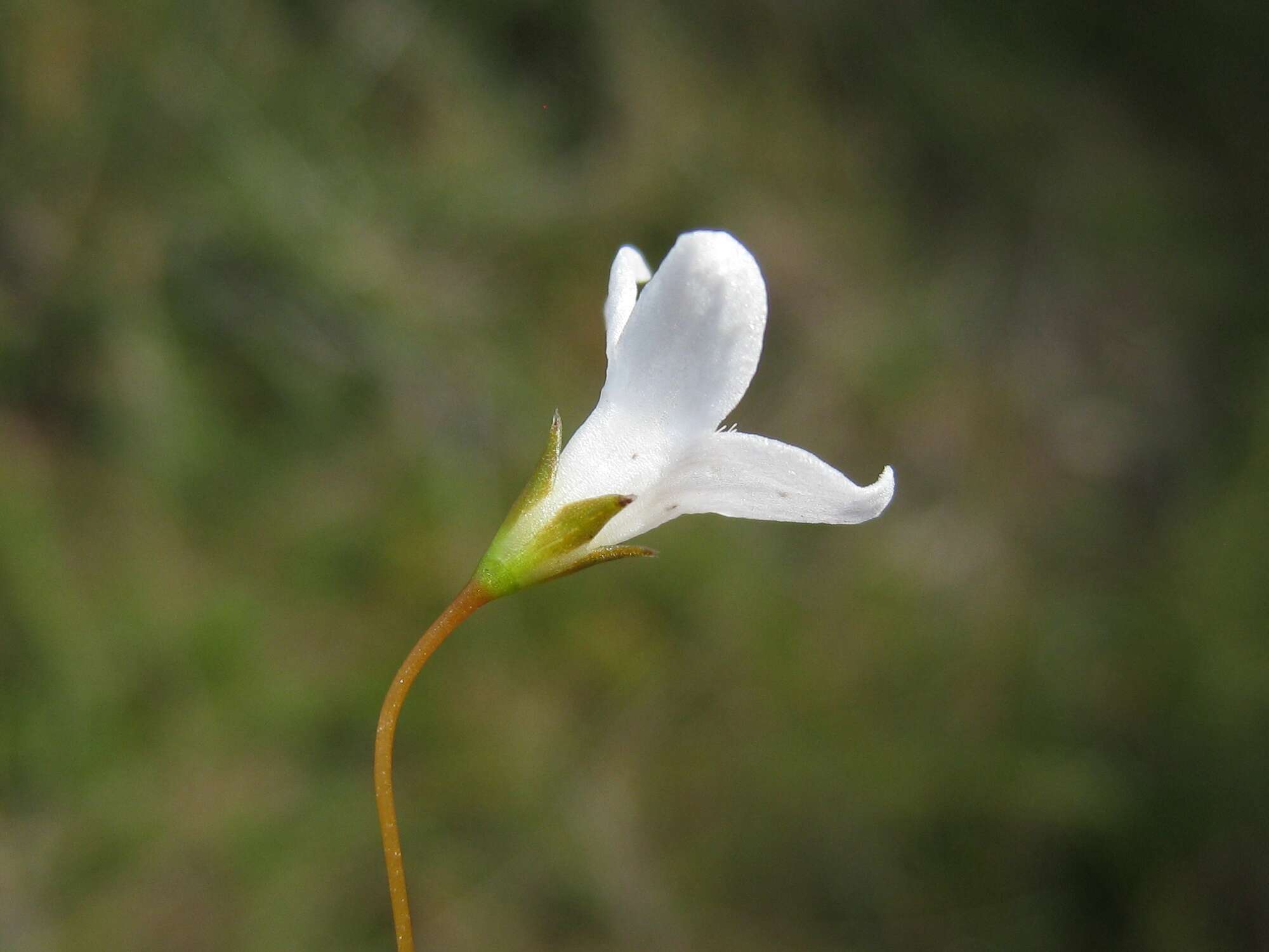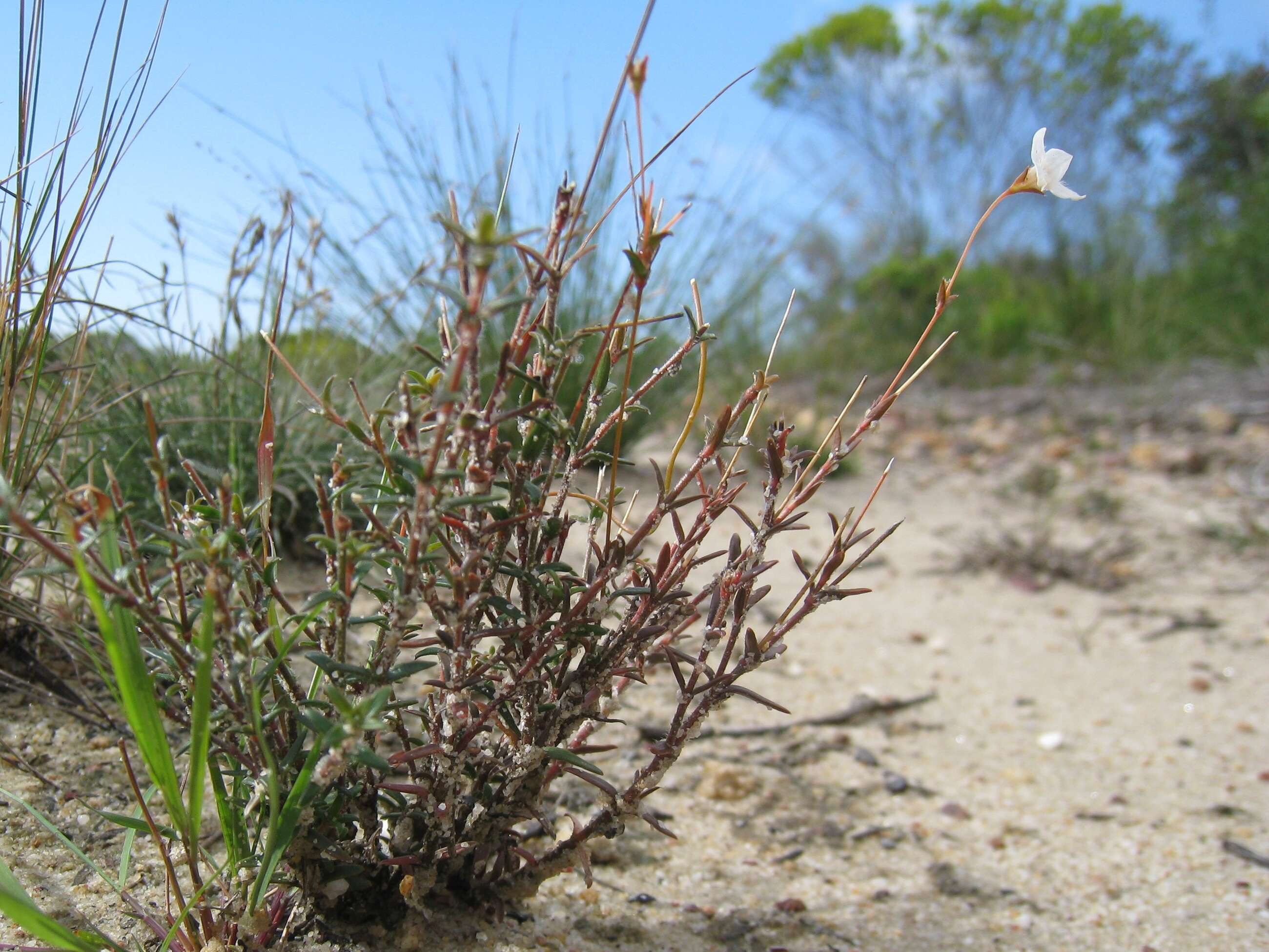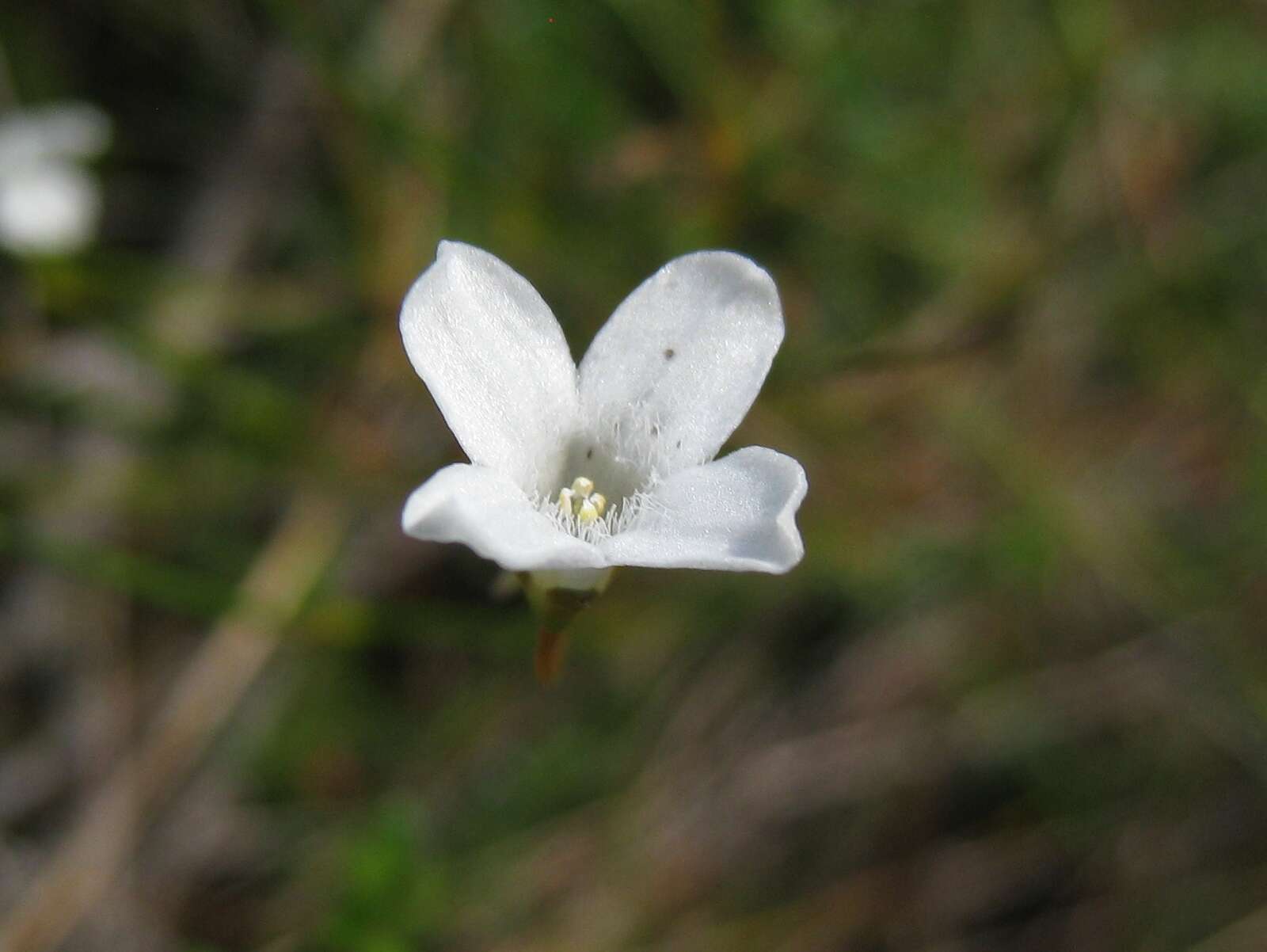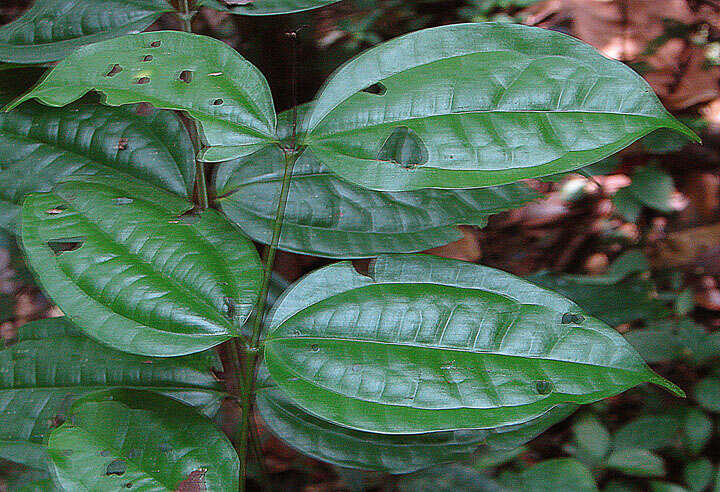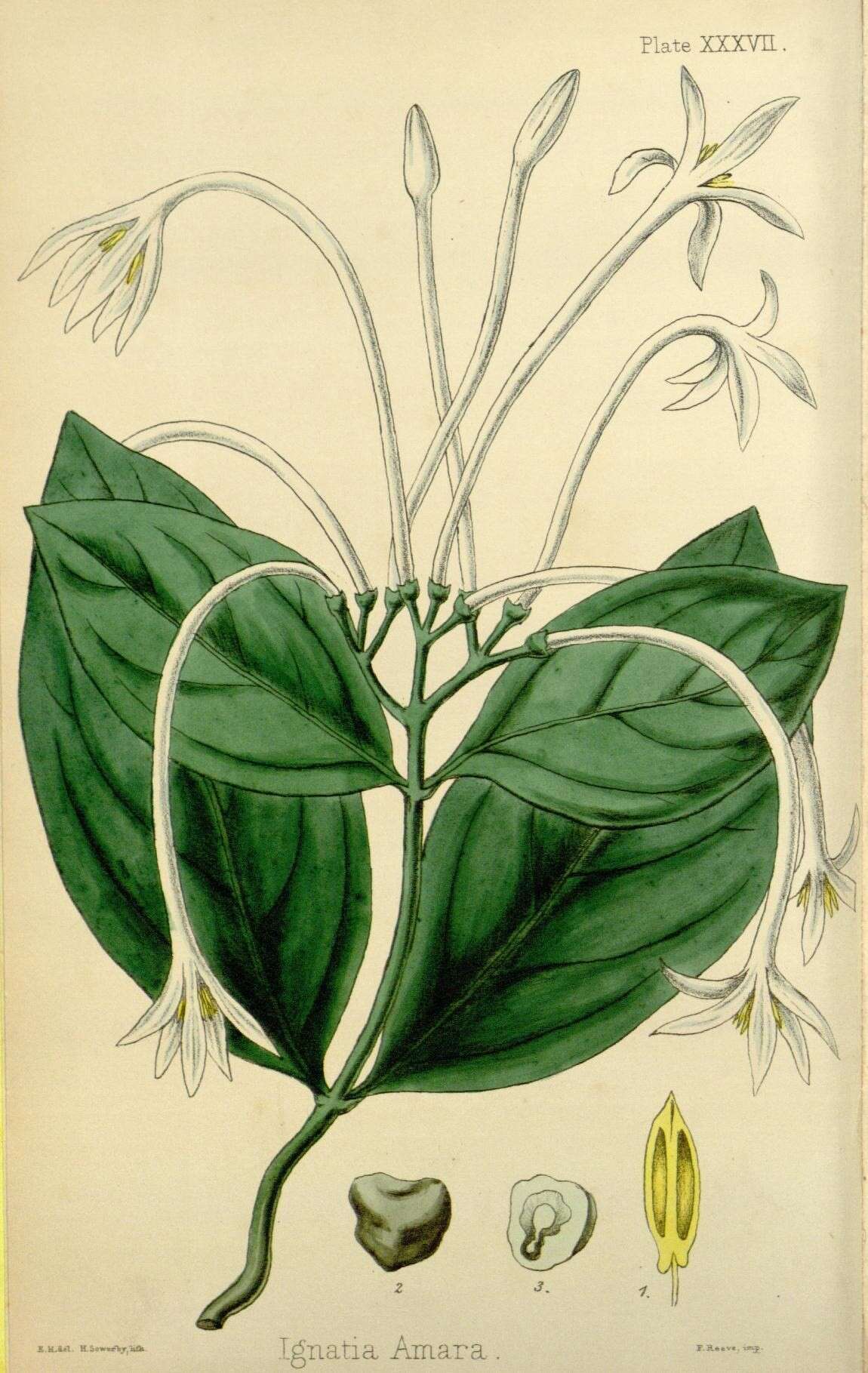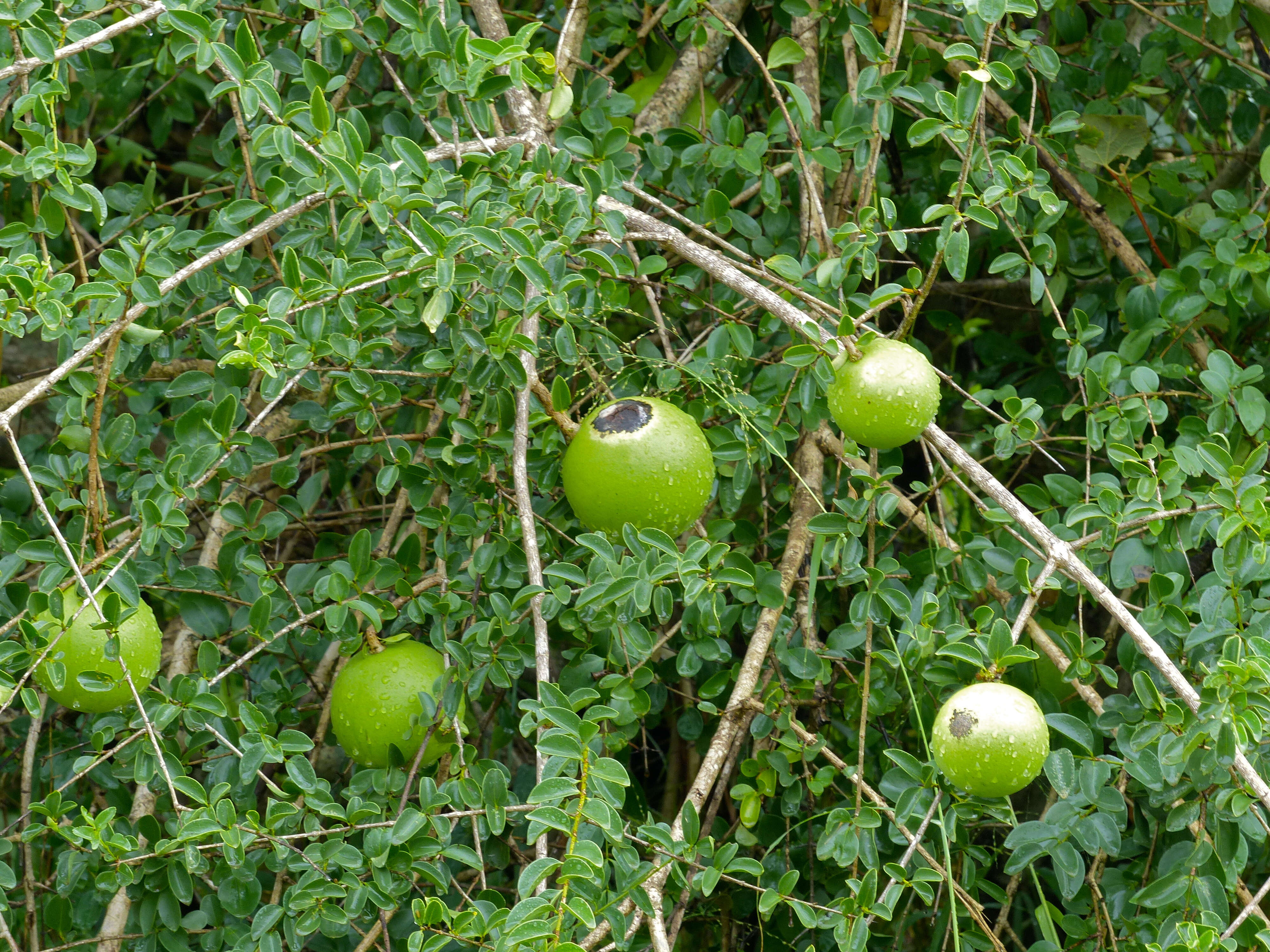-
Family: LoganiaceaeDistribution: Common in dry deciduous forests in India, Sri Lanka, Malaysia and China.5-8m tll deciduous trees. Stem bark ash colored, smooth.Leaves 5-8x3-5cm orbicular-ovate, coriaceous, base attenuate, entire, 3 nerves prominenet.Flowers 2-2.5 cm long, 5-8mm across, greenish yellow or greenish white,in short axillary cymes. Berries 3-5 cm across, pericarp thick, hard,orrange when ripe,pulp white, seeds 2 ashy-grey, compressed.Stem bark is used as fish poison, seeds are used in ulcers, dysentry and fevers. Fruit is poisonous.Photographed at Eastern ghats of Nellore district.Ref: Flora of Presidency of Madras, by J.S.Gamble.
-
-
Sydney, New South Wales, Australia
-
Sydney, New South Wales, Australia
-
New South Wales, Australia
-
New South Wales, Australia
-
Sydney, New South Wales, Australia
-
Family: LoganiaceaeDistribution: Found in the forests of foot hills of Peninsular India and Sri Lanka.4-6m deciduous trees. Bark blackish-brown, deeply cracked; Leaves opposite, elliptic, acute, coriaceous, 4-6x2-3.5cm, nerves about 4 pairs, second pair of nerves joining to the mid rib ; Flowers creamy white, 4-6mm across, in 3-5cm long axillary cymes. Calyx5, corolla tube and lobes equal , throat with wooly tomentum, stamens 5 adnate to the corolla tube, filaments short, ovary 2 celled, stigma bifid, Fruit a globose berry with 2 seeds. Photographed at Velugonda hills of Eastern ghats. Vernacular name-Telugu- ChillaRef: Flora of Presidency of Madras -J.S.Gamble.
-
Wollongong, New South Wales, Australia
-
Wollongong, New South Wales, Australia
-
Wollongong, New South Wales, Australia
-
Wollongong, New South Wales, Australia
-
Wollongong, New South Wales, Australia
-
-
-
Lower Sabie, Mpumalanga, South Africa
-
Lower Sabie, Mpumalanga, South Africa
-
Lower Sabie, Mpumalanga, South Africa
-
Washington, District of Columbia, United States
-
-
Washington, District of Columbia, United States
-

